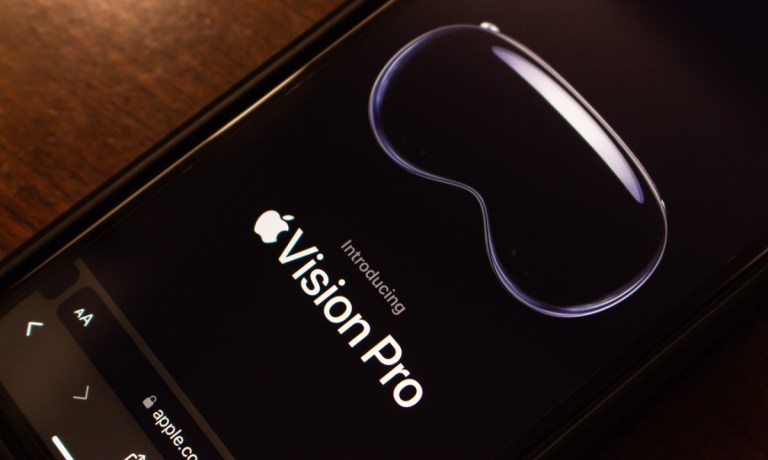Buyers of Apple’s mixed reality (MR) headset will reportedly have the device tailored to them before purchase.
The company will gather information about the buyer’s sizing requirements and vision prescription during the purchasing process for the Vision Pro, which was unveiled in June and is to be launched in select markets in the United States early next year, Bloomberg reported Friday (July 7), citing unnamed sources.
Apple did not immediately reply to PYMNTS’ request for comment.
For in-store purchases, Apple will ask shoppers to make an appointment so that company employees can make sure the headset fits properly and, if necessary, arrange for lens inserts that account for their vision prescription, according to the Bloomberg report. There will be special areas in stores devoted to this process.
For online purchases, the company will ask consumers to upload a face scan and their vision prescription, the report said.
The company launched its Apple Watch on a similar appointment-only basis in 2015, per the report.
Advertisement: Scroll to Continue
Because of the complexity of the product, the sales process and the training to use it, the Vision Pro is unlikely to be made available to third-party sellers until at least 2025, according to the report.
Apple’s unveiling of the Vision Pro in June marked the company’s long-awaited entry into the mixed reality world.
The $3,500 headset will be “the first device you look through and not at,” Apple CEO Tim Cook said during the product’s unveiling.
When the Vision Pro comes to market, it is to be accompanied by 100 games and a Disney+ offering that can be used with the headset.
Apple may be betting that the product will hook tech-savvy, game-playing consumers, including the zillennial and millennial age cohorts, about three-quarters of whom are regular players of gaming consoles.
It was reported Monday (July 3) that Apple has scaled back the production of the headset amid manufacturing troubles caused by the complexity of the product.
Facing these manufacturing difficulties, Apple now plans to make fewer than 400,000 headsets next year — down from its initial sales goal of 1 million, the Financial Times (FT) reported Monday.

